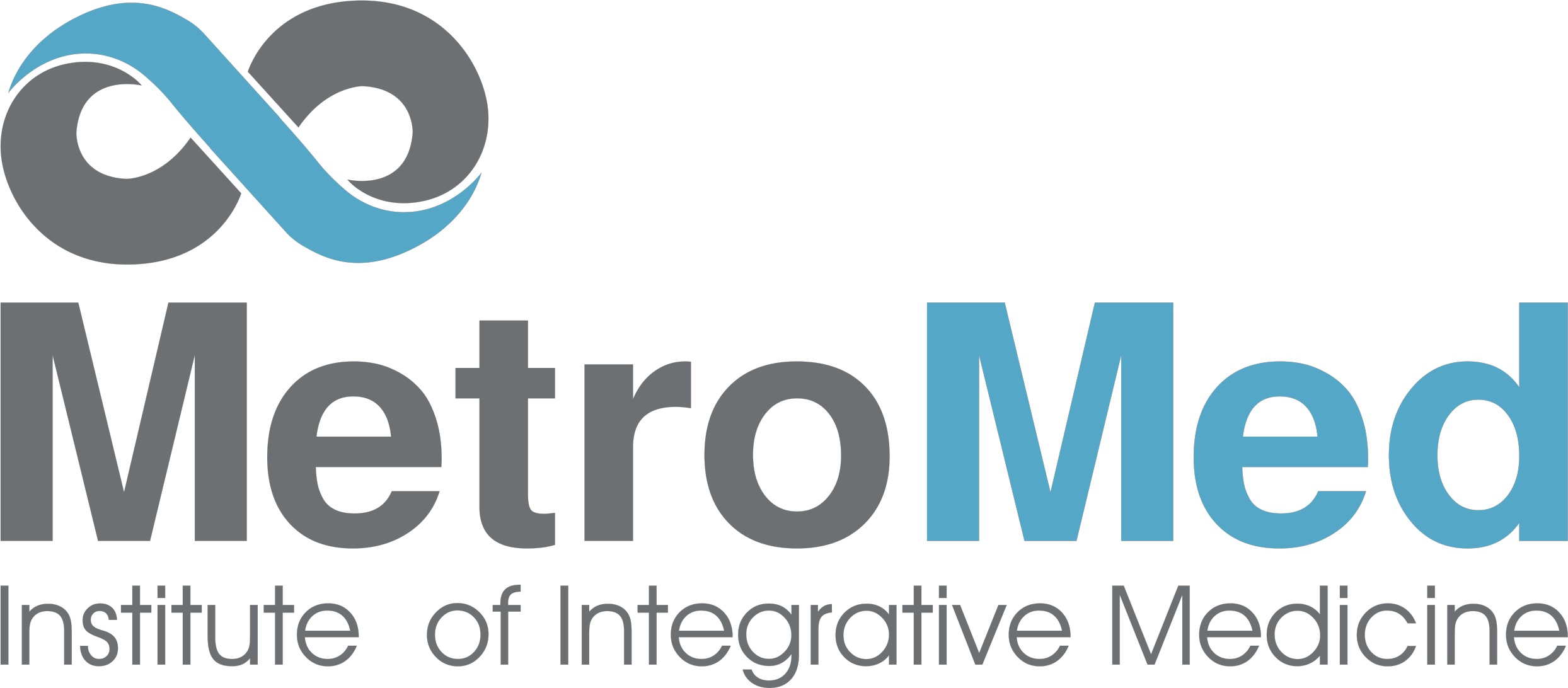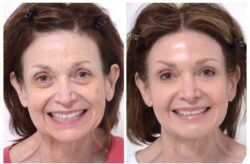Children suffering from Growth hormone deficiency or GHD are often much smaller than their average peers. A growth hormone deficiency can be classified when the pituitary gland is supposed to produce somatotropin, which is important for keeping your tissues, bones, and muscles healthy, as well as advance growth.
The most common symptom of GHD in children is their significantly shorter height than other children the same age. Children who have GHD typically grow less than two inches per year during puberty. Some other common symptoms may include: Late puberty, increased pockets of fat in the abdomen or face, slow development or growth of teeth and hair.
First, we determine if HGH is a viable treatment with a very low-intensity X-ray of our children’s wrists and ankles to check out the growth platelets where new bone is being laid down daily, we are able to see if they still have the ability to grow taller. On those X-rays, we can see lines representing especially active tissue growth where new bone is being laid down rapidly and in very large amounts over a growing season.
These growth plates look like dark, porous-appearing bands and it is here that HGH acts on the layers of stem-cells in the plates to put down layers of calcium in the newly forming bone as well as layers of strong elastic connective tissue, called the matrix. Here the hormone stimulates not only bone formation but the building of nerves and blood vessels throughout the immature bone.
When parents notice that their children are shorter than others of the same age, they become worried and, after learning about the effects of Human Growth Hormone, often come to the correct conclusion that their children are not producing enough HGH to make them grow as tall as they should.
When pediatricians measure kids with delayed growth, parents soon learn that their children are shorter than most by as much as fifty percent. Being 50% shorter than others, these children are said to belong to the fiftieth percentile on the growth curve. This means that any child in this percentile when compared to the others of the same age, is shorter that fifty percent or more of all the children evaluated.
The time to take action is when this is observed and HGH is the only therapy available or required that can possibly correct such a serious problem. By giving a very small injection of HGH painlessly just underneath the skin on a daily basis with a very small needle, parents can correct a hormone deficiency in their children and put the child on the right path toward growing 1-2 inches more per year. Scientists have observed as many as 6 inches of growth occurring in children using HGH over 3 years.
As soon as the growth plates close about age 18, the effects of HGH Therapy on bone growth and the achievement of greater height are reduced. To learn more about HGH contact the MetroMD office.


